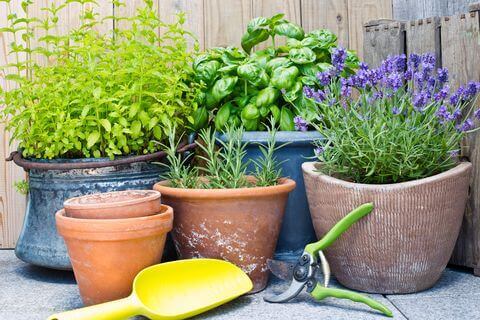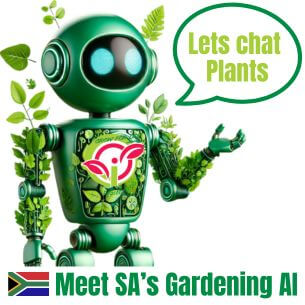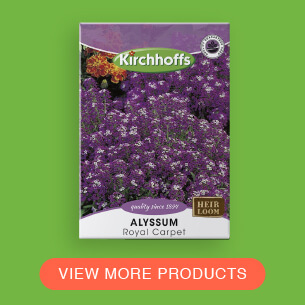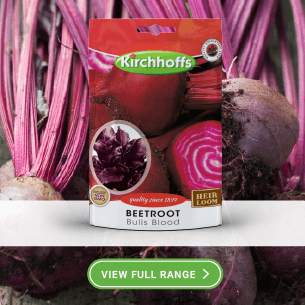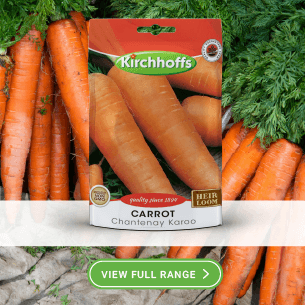10 Container gardening tips.
These are some of the best container gardening tips a gardener could ask for.
Container gardening is a challenge, but oh so worth it!
Nothing screams happy successful gardener like a spectacular display of pots and Container plants covering the patio and braai area. Follow these 10 Container gardening tips to spoil your garden and your family with the most spectacular container garden in the neighborhood, these container gardening tips promise to guide you to absolute blissful joy.
Container gardening tip 1: Always remember drainage when selecting containers.
Even while this might seem like an unusual initial suggestion, it could mean the difference between life and death for your plants.
Your soil can become too damp and this may cause the roots of your plants can rot if there isn’t a large enough hole or holes for water to escape from your plant pots.
This can eventually kill the plant or result in an unhappy unattractive container that spoils the mood.
The unfortunate fact is that many plant pots on the market lack adequate drainage. If this is the case for your containers larger holes can be drilled, punched, or carved to increase drainage. It’s almost always simpler to just purchase a pot with adequate drainage so please keep this in mind when you buy your containers. For small or medium-sized pots, a drainage hole must have a minimum diameter of one and a half cm or so. Look for drainage holes at least 3 cm in diameter for larger containers.
It is a complete misconception that you improve drainage in your container garden by adding stones, gravel, or broken bits of pottery. Some claim that if you place these items in the bottom of your pots, you won’t even need drainage holes. This is not true, for proper drainage you need holes in your pots, preferably a lot of them. The other essential to good container drainage is a reliable high quality potting soil. Unless you are an extremely conscientious container gardener with ample experience and know how to water properly or you have a plant that like moist soil, drainahge holes are fundamental for successful container gardening.
Container gardening tip 2: Check your lighting conditions.
Frequently, people vastly underestimate how much sunlight their containers receive. Even if you choose a beautiful plant for practically any quantity of light, you must first determine how much light your container will receive in the spot you choose to make its home.
Place your container where you choose and then consciously take note how long the sun shines on it to determine how much direct light it will receive.
You could consider calculating your sunlight with a sun calculator as well, these are available online and at certain retail nurseries
Container gardening tip:
Use upcycled materials as containers for a fun creative twist and an exciting talking point in the garden.
Use a reliable well drained potting soil and feed your containers regularly for the most impressive results.
Add water retaining polymers to your potting soil to help regulate moisture and minimise how often you need to water.

Tip 3: give your container plants food.
Use a reliable premixed potting soil. Manny potting soils lack readily available nutrients for your plants, so make sure the product or potting soil mixture you use includes the necessary fertilisers or add them yourself.
Almost all container suitable plants will require fertiliser to thrive in your plant pots.
A slow-release fertiliser should be incorporated into potting soil for good results. This will mean your plants have food for a long time and will esure all the fertiliser you add doesn’t rinse away with your first few waterings.
To add a slow release fertiliser, either fill your pot with potting soil and then stir in the fertilizer in before planting, or prepare a large quantity of potting soil combined with fertilizer in a bucket prior to planting up your garden pots.
Some people like to use commercial fertiliser, and while applying it can feed your plants and aid in their growth at first, you will need to keep using it often because this form of synthetic fertilizer will kill the helpful soil organisms.
These organisms are essential to the organic soil health and happy plants, so after you’ve used synthetic fertilizer, you must continue using it regularly. An organic fertiliser is almost always best, however finding a reliable slow-release organic fertiliser may be a challenge, so if you do go the organic route make sure you add fertiliser to your plant pots regularly.
Tip 4: Before you go to buy plants for your containers remember to make a list.
Making a list of what you want before you visit the nursery is one of the greatest methods to prevent plant panic, or at the very least, to lessen it. Another advantage of making a shopping list is that you wont forget anything and find yourself rushing back to the nursery.
The plants on this list don’t even have to match perfectly; browse the PlantInfo plant database to find exactly what you want before you go to the nursery and end up with a car full of plant you had no intention on buying.
Try to make a list of the sizes, quantities, and locations of the pots you plan to plant up so you can buy plants that will fit the pots and know whether you need plants for sun, shade, or anything in between.
It is an excellent idea to bring your pot or a picture of your pot with you when you go plant shopping. Remember to select plants that suit the size, colour, and texture of your planting pots for that special wow factor in your design.
Most nurseries will have a staff member on hand to assist you in making decisions. Additionally, the plants are arranged and labeled in most nurseries according to how much sun they need.
Tip 5: Plant companions and group plants with similar needs.
This will help you understand and remember the size your plant will reach as well as the amount of food, water, and care it will require.
The tag will also indicate whether your plant is an annual or a perennial, as well as the plants light, moisture and pruning needs. This is important maintaining an attractive healthy container planting.
The plant description will also elaborate on the “habit” of your plant, or its shape and growth pattern. This is significant when deciding how to organize your plant combinations and the style of your containers.
Using a large pot as an example, you could want some plants with “upright habits” to give your design height and then some plants with “mounding habits” to fill in the design. You might want to choose plants with “trailing habits” to drape over the sides of your pot to complete it.
In most container planting designs you want to make sure you have a focal or feature plant, surround this with filler plants and add a draping or rambling creeper around the edge for an impactful cascade down the side of your container.
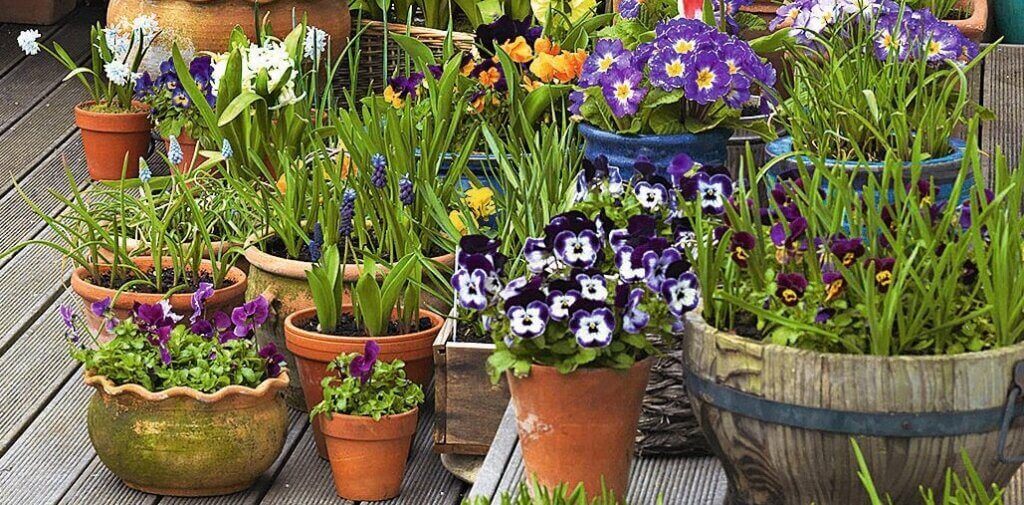
Container gardening tip 6: Acclimatise your plants to reduce shock.
If you are anything like me you can’t wait to get planting after buying plants, but this is often not best for your plants.
Most plants dislike sudden changes, so it’s best to gradually adapt them over time to variations in temperature, light, water, or exposure to the elements.
This is vital for the majority of plants that have lived their entire lives in the cozy climate of a greenhouse or shaded outdoors of a retail nursery, this is especially crucial for young plants and seedlings.
It is best to harden off your plants, whether you buy seedlings or grow your own from seed. The likelihood of your plants thriving from right after planting will be much diminished if you don’t go through with this slow and arduous process.
Your plants may need some time to get acclimated to less light or dryer air on a patio for example.
By acclimatising your plants before you plant your pots you will make sure you reduce the shock they endure during transplanting.
Tip 7: More potting soil is always better in container gardens.
It is often advised you to fill your containers with various kinds of garbage, from milk jugs to packing peanuts to reduce the amount of potting soil you need to add to you plant pots.
Your container garden will become substantially lighter as a result, but it will also dry out more quickly, making maintenance more difficult.
You will have a larger margin of error when it comes to watering and feeding your plants because the more potting soil you use, the more water retention you’ll have.
When it comes to container gardening bigger is almost always better.
Tip 8: Sometimes plant will die.
You will kill more plants as you grow more of them.
It’s that simple. Even the most experienced gardeners occasionally kill their own plants. It is a reality of gardening…
Knowing when to give up on a plant is the challenge.
If a pant start looking unhappy it makes sense to give up early in a mixed container garden so that the entire container doesn’t look bad. Containers are often a focal point in a garden, they draw attention, so it is important that they look good.
There are a few options available to you when a plant starts to look sad.
You can give a plant a drastic cutback and hope for the best, depending on the plant. For many plants, this is all that is necessary, and in a few weeks, your plant will return, joyful and stunning. A good feeding is important after pruning, but make sure you don’t over feed your container.
Alternatively, you can remove the sad unhealthy plant and replace it with another one. Depending on how precious and/or dead the plant is, you can try to nurse it back to health by repotting it until you either can’t tolerate the way it looks any longer or it recovers.
If your plant is displaying serious illness symptoms, remove it right away, re-pot it, and either quarantine it or place it in a plastic bag and discard it. If you keep it in place, you run the risk of spreading disease.
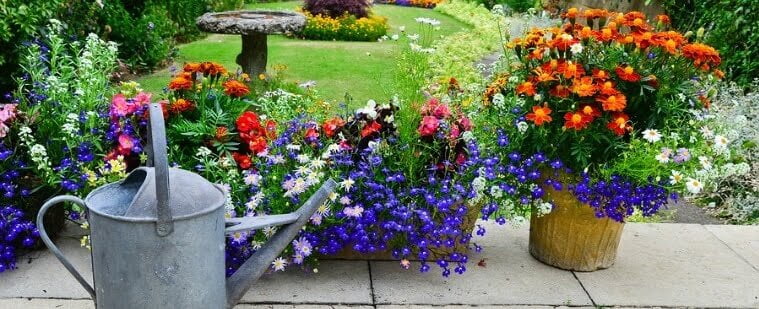
Container gardening tip 9: Gardening is a lifestyle.
The hard truth is that container gardening is labor-intensive.
Although it doesn’t have to be expensive, it can be, and it requires time and attention. There is no such thing as a failsafe gardening or plant care method; even if you cover all your bases, some plants will do well and others won’t.
Both good and bad news can be found in this. The whole project is thrilling, fulfilling, and essentially endlessly interesting because of all the uncertainty and hard work.
Before you begin any type of gardening, consider how you live to maximize enjoyment and your chances of success. Whatever your response, there are container gardens that will fit into your way of life.
Old potting soil can be revived:
If your plants have deid back or its time for a new planting, don’t through away the old potting soil in the pot, instead revitalise it with some bonemeal, organic fertiliser and a handful or two of a water retaining medium like vermiculite or palm peat.
You dislike water, do you? Succulents and other drought-tolerant plants should be grown. Lacking a lot of spare money? Create your own containers from found objects, or shop at yard sales and thrift shops. Choose huge, traditional-shaped containers and fill them with opulent, attention-grabbing plants if you have a formal entryway and want a more personalized container design.
There are plants out there that will fit your aesthetic.
Finding what works just requires some investigation and experimentation.
Tip 10: Deadhead and remove spent flowers regularly.
Remove the spent flowers of your container plants to encourage a longer flowering time. Nip them off between your fingers in passing and keep a regular eye on your container garden to check for spent flowers.
In Conclusion:
These Container gardening tips will have you well on your way to a stunning container garden display in no time. In short, the fundamentals of successful container gardening are good drainage, the right plant and container choice, and regular maintenance. Get these basics right and you are inevitably heading for joyful success.
Sharing is caring
Thank you for being part of the PlantInfo family, together we grow for life to make the world a better place.
If you enjoyed this article, please share it with your friends on social media and let’s guide them to use plants and gardening for a happier, healthier and stress-free lifestyle.








